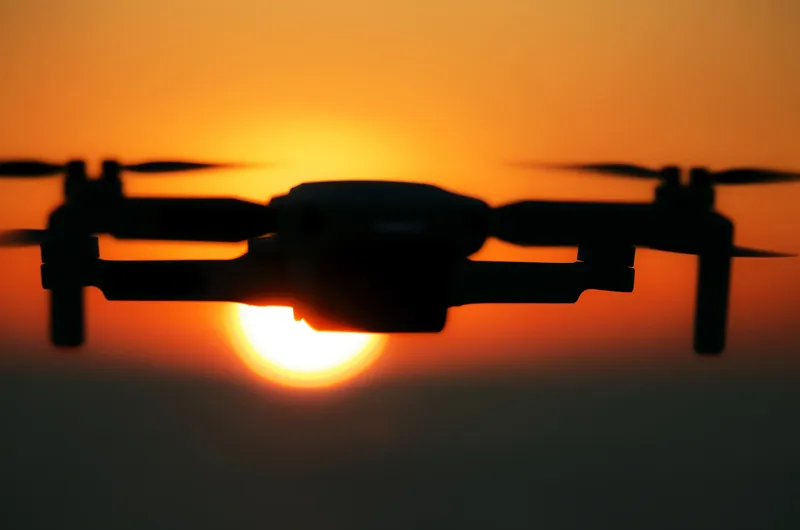
Teledyne Flir has released Prism Supervisor which integrates drone autopilot flight control systems with real-time, AI-based observations.
The company says that its Supervisor, the latest to its Prism embedded software ecosystem, improves mission safety, efficiency and performance to enhance capabilities of unmanned aircraft systems (UAS). Prism Supervisor provides a platform for deploying object detection, tracking and computational imaging on low-power processors. This enhances UAS mission performance and reduces development costs.
During flight, Prism Supervisor adapts its autopilot functionality in real-time, dynamically generating mission segments and flight plans on the fly. This minimises operator impact while improving mission success, according to Teledyne. For example, a Prism Supervisor-controlled drone could autonomously circle and alert the operator upon the detection of an incident.
"From behaviour and mission planning to dynamically adjusting in-flight operations, Prism Supervisor represents a significant advancement for drone autonomy through AI," said Dan Walker, the firm's vice president of product management. "It improves operational performance via single-click missions, opening up new possibilities for UAS operation."
Prism Supervisor has a user-friendly graphic user interface for mission planning, real-time mission visualisation and execution. It is available for desktop or mobile deployment supporting Windows, Linux, macOS, iOS and Android. It streams and records detailed, full-frame-rate video, path visualisation and metadata.








